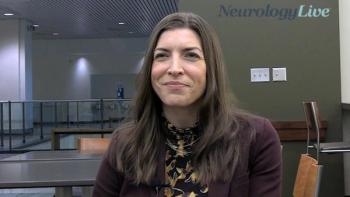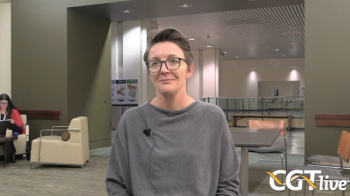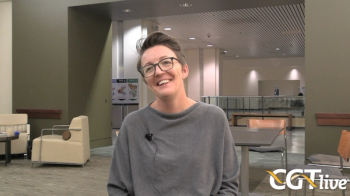
Chris Bond, PhD, on Allogeneic and Induced Pluripotent Stem Cell Approaches to Cell Therapy

The senior vice president of Research & Early Development at Notch Therapeutics discussed the company’s approach to overcoming the drawbacks of autologous cell therapies.
“We wouldn't be here, if it wasn't for autologous therapy.... But there's significant challenges with that. This is personalized medicine. Scalability is a huge issue. Patients have to be leukapheresed, the manufacturing time is non-trivial, [with] times between 20 and 40 days. Those patients can progress before they receive the therapy... And when [manufacturing] fails, that patient doesn't receive what could potentially be a life-saving therapy. Fundamentally, I think we owe it to patients to figure out how to make sure that more patients get access, and sooner, both in lines of therapy, but also at point of diagnosis rather than at point of manufacture.”
While autologous approaches paved the way for cell therapy and have helped many patients in both clinical and commercial settings, they continue to have several important drawbacks, including their lengthy manufacturing time and limited scalability.
CGTLive spoke with Chris Bond, PhD, senior vice president of Research & Early Development, Notch Therapeutics, at
Afterwards, he discussed the company’s Engineered Thymic Niche (ETN) technology platform and how it is utilized to address challenges with scaling for production. Bond also spoke about Notch Therapeutics’ collaboration with Allogene Therapeutics, as well as the company’s focus on hematological malignancies and solid tumors as cell therapy targets. He noted that both chimeric antigen receptor T-cell (CAR-T) therapy and T-cell receptor (TCR) therapy options are being considered for solid tumors.
Newsletter
Stay at the forefront of cutting-edge science with CGT—your direct line to expert insights, breakthrough data, and real-time coverage of the latest advancements in cell and gene therapy.










































